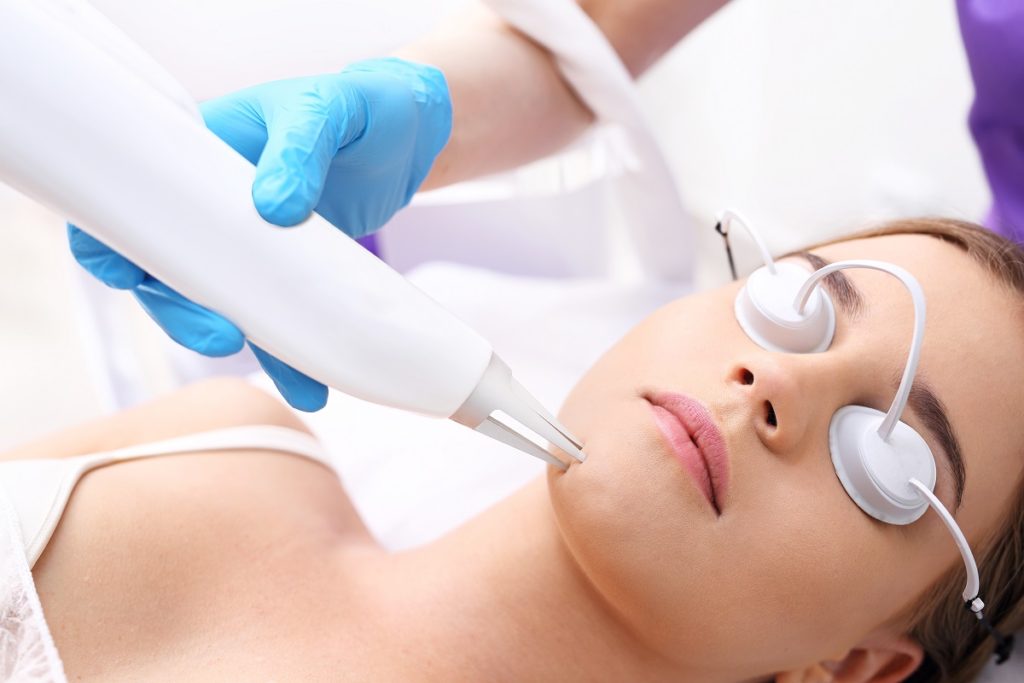Whether it’s from an accident, trauma, or wounds, scars can have significant impacts on a person’s physical and emotional health. In general, scars are harder to remove the older they are, making it important to start scar treatment as soon as the first appearance.
There are different kinds of scars, and each type responds to different kinds of treatments. To successfully remove your scar, you have to know what kind it is and how best to remove it.
Keloid or Hypertrophic scars
Keloids are raised, soft scars that look pinkish or darker than the surrounding skin. Because of its dense nature, this type of scar is particularly hard to remove.
Keloids are formed when scar tissues grow excessively, and they can be much larger than the original wound. Although they don’t pose any health threats, they can be unsightly and can affect your self-esteem especially if they’re on commonly exposed body parts like arms, face, or chest.
There are many ways to remove keloids but bear in mind that none of them guarantee results. Some keloid treatments are:
- Moisturizing oils and creams to keep the tissue soft
- Corticosteroid injections
- Laser treatments
- Radiation
- Silicone gel pads
Atrophic scars or “pockmarks”
In contrast to raised keloids, atrophic scars are depressed or pitted. Often gained from chickenpox and cystic acne, pockmarks are caused when the skin’s underlying structure (fat or collagen cells) are damaged due to inflammation.
When the underlying structure of your skin is damaged, there is a lack of tissue to fill out the skin, which then leads to the pockmark.
There are many ways to treat atrophic scars. One is by chemical peeling where the destroyed outer layer of the skin is peeled to reveal a smoother layer underneath. You can also use fillers which are injected under the scar and reduce the appearance of the scars over time.
Skin needling is also a popular treatment where you’ll use a micro needle to roll on your skin to produce hundreds of punctures. Doing so will cause new collagen to form.
Before you do any of these treatments, it’s important to first consult a skin doctor. This will help you choose the best treatment of your skin type and scars, and will also keep you safe during the treatment.
Stretch Marks

Commonly found in pregnant women and people experiencing weight gain, stretch marks are through to be caused by skin stretching that damages the elasticity of the skin tissues which then leads to scarring. High levels of cortisol can also play a part in increasing your risk of developing stretch marks.
Stretch marks are hard to remove, but there are a few treatments available for you. You can try using vitamin A-rich over-the-counter creams and collagen boosters. You can also try micro-needling the affected area.
If you’re looking for quicker results, you can try undergoing pulsed dye laser therapy, fractional CO2 laser therapy, microdermabrasion, and even cosmetic surgeries.
Scars are a reminder of a battle you’ve won, but that doesn’t mean they have to stay on your body forever. With the right treatments and consistency, you can enjoy smooth, scar-free skin once more.



